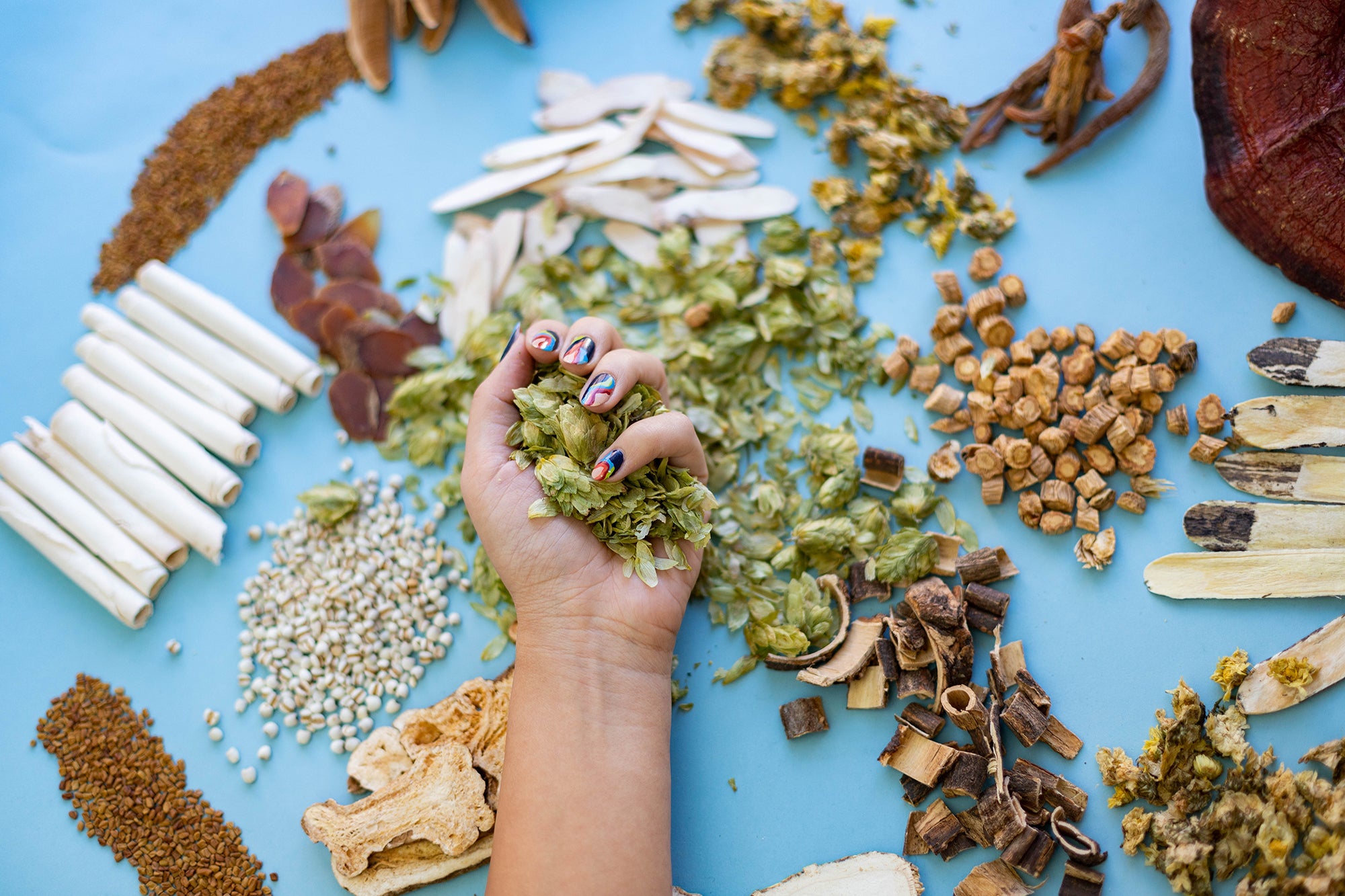The Main Principles Of Herbalife
The Main Principles Of Herbalife
Blog Article
A Biased View of Herbalife
Table of ContentsThe Herbalife IdeasNot known Details About Herbalife The Greatest Guide To HerbalifeHerbalife Things To Know Before You Get This

The total industrial worth of the ethnobotanicals market can not be disregarded. In 1995, the complete turn over of nonprescription-bound organic medicines in drug stores was equal to practically 30% of the complete turnover of nonprescription-bound medications in Germany, and in the United States, the annual retail sales of organic products was approximated to be US$ 5 - herbalife shakes near me.1 billion.
What Does Herbalife Do?
In China, the overall value of natural medication made in 1995 reached 17.6 billion Chinese yuan (roughly US$ 2.5 billion; Eisenberg et al. 1998; THAT 2001). This pattern has continued, and annual profits in Western Europe got to US$ 5 billion in 2003-2004 (De Smet 2005). In China, sales of natural products totaled US$ 14 billion in 2005, and revenue from organic medications in Brazil was US$ 160 million in 2007 (Globe Health And Wellness Organization; http://www.who.int/topics/traditional_medicine/en/). In China, in 2003, traditional organic medications played a prominent duty in the technique to contain and treat extreme intense respiratory syndrome (SARS), and in Africa, a traditional natural medicine, the Africa blossom, has actually been utilized for years to treat losing symptoms connected with HIV (De Smet 2005; Tilburt and Kaptchuk 2008).
Natural herbs and plants can be refined and can be absorbed various ways and forms, and they include the whole herb, teas, syrup, vital oils, ointments, salves, scrubs, capsules, and tablet computers which contain a ground or powdered type of a raw herb or its dried out extract. Plants and herbs extract differ in the solvent utilized for extraction, temperature level, and removal time, and consist of alcoholic essences (casts), vinegars (acetic acid removes), warm water essence (tisanes), long-term boiled essence, normally origins or bark (decoctions), and chilly infusion of plants (macerates).

About 200 learn this here now years back, the very first pharmacologically active pure substance, morphine, was produced from opium drawn out from seeds capsules of the poppy Papaver somniferum. This discovery showed that medications from plants can be detoxified and carried out in precise dosages despite the resource or age of the material (Rousseaux and Schachter 2003; Hartmann 2007).
The Best Guide To Herbalife
With this ongoing pattern, products from plants and natural resources (such as fungis and marine microorganisms) or analogs inspired by them have contributed greatly to the industrial medicine preparations today. Instances consist of anti-biotics (e.g., penicillin, erythromycin); the cardiac energizer digoxin from foxglove (Digitalis purpurea); salicylic acid, a precursor of pain killers, stemmed from willow bark (Salix spp.); reserpine, an antipsychotic and antihypertensive drug from Rauwolfia spp.; and antimalarials such as quinine from Cinchona bark and lipid-lowering representatives (e.g., lovastatin) from a fungi (Rishton 2008; Schmidt et al.
Likewise, greater than 60% of cancer cells rehabs on the market or in screening are based upon natural items. Of 177 medications approved globally for therapy of cancer cells, more than 70% are based upon natural products or mimetics, most of which are improved with combinatorial chemistry. Cancer cells therapies from plants include paclitaxel, separated from the Pacific yew tree; camptothecin, derived from the Chinese "satisfied tree" Camptotheca acuminata and used to prepare irinotecan and topotecan; and combretastatin, stemmed from the South African bush willow (Brower 2008.
Between 2005 and 2007, 13 medications derived from natural products were accepted in the United States., last gain access to: November 5, 2010).
How Herbalife can Save You Time, Stress, and Money.
In the United States, the National Center for Complementary and Alternate Medicine at the National Institutes of Wellness spent approximately US$ 33 million on herbal medications in the 2005; in 2004, the National Canadian Institute committed nearly US$ 89 million for examining a series of typical therapies. While this range of financial investment is reduced compared to the complete research and growth expenditures of the pharmaceutical industry, it however shows authentic public, market, and governmental interest in this area (Li and Vederas 2009). With tremendous growth in the passion in and use of standard medicines worldwide, two major areas of issue emerge that bring major obstacles.

Report this page